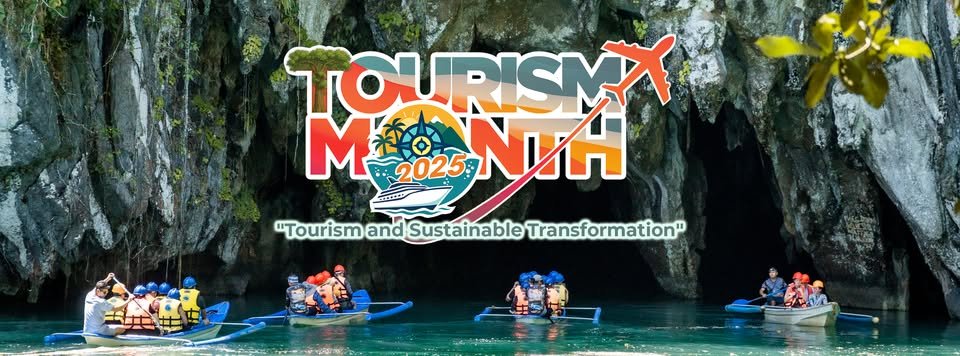Human exploitation constitutes the biggest threat to our coastal areas and its natural environment today. Coastal areas attract increasing urban development and other activities.
Coastal waters are being contaminated by pollutants or excessive nutrient run off. Since population growth and migration persisted, pressure on the coasts is impossible to diminish in the coming days.
Our country is the world’s second largest archipelago with more than 7,000 islands and islets. Palawan in fact, is an archipelago with more than 1,000 islands, islets, and other land forms.
Sadly, despite our country’s archipelagic nature, we lack policies that will optimize the protection of its coastal and marine resources, safeguards its ocean, seas and the coastal ecosystem, or poor in the enforcement of laws and policies that will conserve and preserve our coastlines and coastal areas.
In fact, we can see how people occupied our coastal areas, denying the access of other people to enjoy its beauty, ambiance and aesthetics. They put not only fences and walls, but the “no trespassing” signs.
Wait! How a coastal easement, few meters area from the highest tide became subject to occupation? Some even have land titles, contradicting our existing laws that coastlines are land of public domain.
Some coastal areas on the other hand, where awarded to few individuals in a form of tenurial instrument either as FLA, Stewardship contract for whatever, but sad to say, government agencies and offices that supposed to monitor activities within the areas of these tenurial instrument holders were not religious in enforcing the law. At least, they should immediately cancel the contract if they found the tenurial instrument holders violating the conditions reflected in the contract, like violations to Presidential Decree 705 or cutting of mangroves, building any structures inside his/her area, etc.
Cancellation of their tenurial instrument or filing cases in court are actions that will serve as deterrent to erring individuals.
The importance of our coastal environment is explained to a great extent by the large number of ecosystem services that they provide. Because coastal towns and cities, geographical advantage, they attracted migrants and traders that many of these coastal regions becoming increasingly heavily populated and pressured beyond their carrying capacity – be it through overfishing, excessive extraction of natural resources, or the absence or lack of wastewater treatment despite the volume of domestic wastewater, and other wastewater from commercial or industrial sources.
By putting all these pressures to our coastal environment and to our ocean, and the unsustainable utilization of our coastal resources, we only harm ourselves and the biggest source of our food- our ocean and coastal areas.
Many cities wanted to attract holiday¬makers to their beaches with attractive landscapes and clean water, yet obtrusive hotel-building destroys the ¬pristine appearance of the landscape, while its volume of wastewater from the hotel complexes cause water pollution. This is how overuse disfigures the recrea¬tional value of an attractive coastal landscape.
These realities happened not in one province only but happening in many parts of the Philippines.
We talked about coastal areas this time, because we celebrate World Ocean Day on June 8.
Oceans, marine and coastal ecosystem has been impacted by sediment and nutrient, plastic pollution and other marine debris, but each year, more people build their houses along the coast, and more coastal areas has been occupied and encroached.
We are also reminded today the importance of our oceans, our coastal ecosystem and the marine life that supports us. Let us act now, to protect our seas and oceans from all forms of pressures.
























Discussion about this post